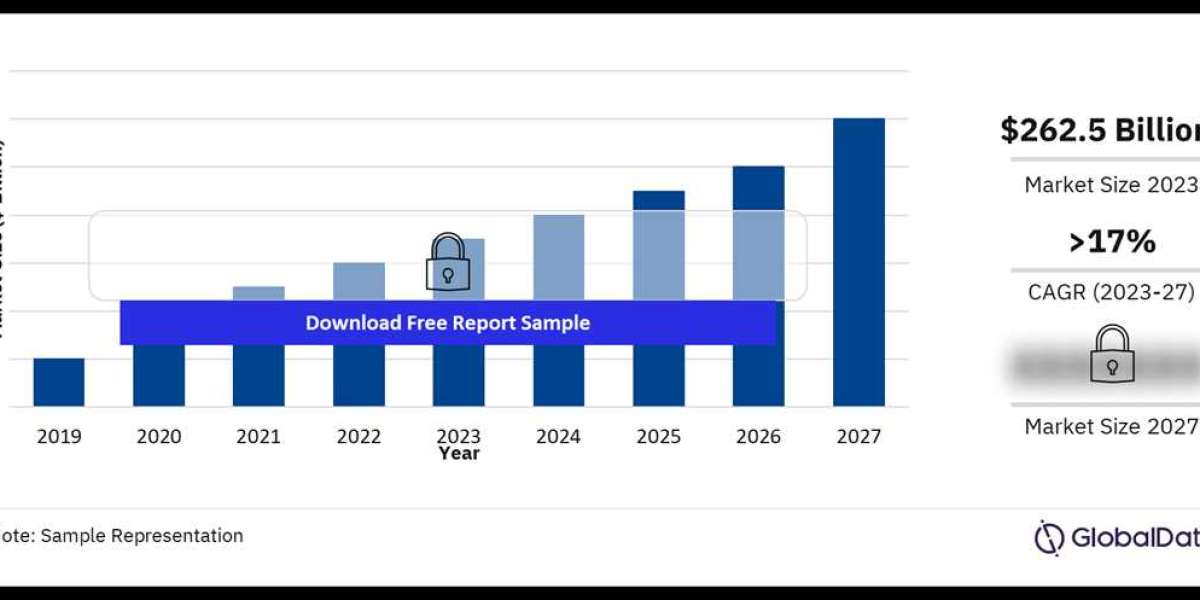In the dynamic landscape of modern business, staying ahead requires not just adaptability, but strategic foresight. Workforce planning emerges as a cornerstone in this pursuit, a powerful tool that organizations can wield to navigate the ever-evolving demands of the professional terrain. Let's delve into the intricacies of workforce planning, unraveling its significance and providing a roadmap for businesses to not only survive but thrive.
Defining Workforce Planning
At its core, workforce planning is the meticulous process of aligning an organization's human capital with its strategic objectives. It transcends traditional personnel management, encompassing a holistic approach that ensures the right people, with the right skills, are in the right positions at the right time.
The Core Components
1. Strategic Alignment
A pivotal aspect of workforce planning lies in its integration with organizational strategy. By understanding the overarching goals and objectives, businesses can tailor their workforce to meet specific needs, fostering a symbiotic relationship between human capital and strategic vision.
2. Data-Driven Insights
In the era of big data, informed decisions reign supreme. Workforce planning leverages data analytics to gain actionable insights into employee performance, identify skill gaps, and predict future talent needs. This data-centric approach transforms workforce planning into a proactive force, anticipating challenges before they arise.
3. Talent Acquisition and Retention
Identifying and retaining top talent is a perpetual challenge. Workforce planning extends its influence to talent acquisition and retention strategies. By forecasting future skill requirements, organizations can proactively recruit and develop employees, ensuring a competitive edge in the talent market.
The Workforce Planning Process
1. Assessment and Analysis
The journey begins with a comprehensive assessment of the current workforce. This involves evaluating existing skills, identifying potential gaps, and understanding the dynamics of employee engagement. Through a meticulous analysis, businesses can pinpoint areas that require attention.
2. Forecasting Future Needs
Armed with data, workforce planners embark on the crucial task of forecasting future workforce needs. This involves projecting changes in the business environment, technology, and industry trends to anticipate the skills and competencies that will be in demand.
3. Strategic Interventions
With a clear understanding of current and future requirements, strategic interventions come into play. This may involve targeted training programs, recruitment drives, or restructuring initiatives. Workforce planning guides these interventions, ensuring they align with broader organizational goals.
4. Continuous Monitoring and Adaptation
The only constant in the business world is change. Workforce planning isn't a one-time task but an ongoing process. Continuous monitoring allows organizations to adapt to evolving circumstances, fine-tuning their workforce strategies to maintain a competitive edge.
The Benefits of Workforce Planning
1. Enhanced Productivity
By ensuring that employees possess the right skills for their roles, workforce planning directly contributes to enhanced productivity. A well-aligned workforce is an efficient workforce, driving organizational success.
2. Cost Optimization
Strategic workforce planning mitigates unnecessary costs associated with skill gaps and high turnover rates. By addressing these issues proactively, businesses can optimize their expenditure and allocate resources more effectively.
3. Agility in Adversity
In times of economic uncertainty or industry disruptions, an agile workforce becomes a strategic asset. Workforce planning equips organizations to navigate challenging scenarios by having the right talent in place, ready to respond to shifting demands.
Final Thoughts
In the ever-evolving business landscape, workforce planning emerges not just as a necessity but as a competitive advantage. It's a strategic compass that guides organizations through the complexities of talent management, propelling them towards sustained success.








